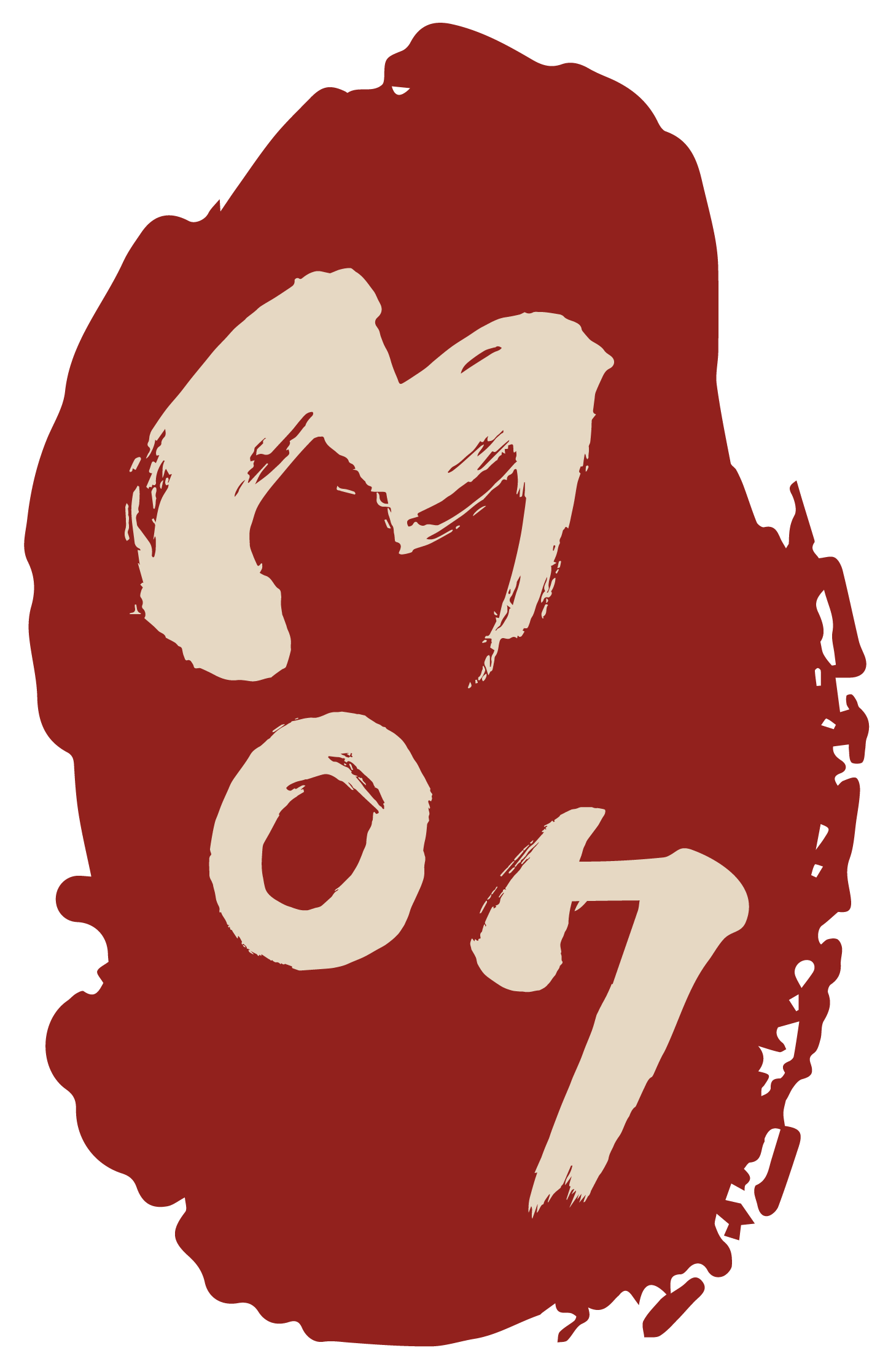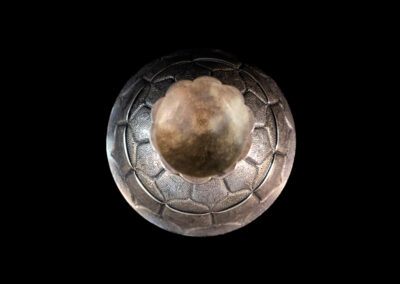Silver Chalice
Chalice – pedestal bowl
Chalice, bowl with pedestal. Silver/gold plated. Artificially punched and chased. Made according to Sassanid models.
Object ID
Tang_004
Age
Tang Dynasty (618 – 907 AD),
mid/late 8th century AD
Material
silver/gold plated
Color
silver
Diameter
6.7 cm
Diameter (bottom)
3.3 cm
Height
5.5 cm
Condition
very good
Price
on request
Description
The artificially designed silver/gold plated bowl has the shape of a chalice. The stand is bent like ten petals and ornamented with leaves. [1] The foot consists of a shaft with a knob to hold the chalice well. It is characterized by vertical scores. Above follows a first rim with around ten stylized leaves. The calyx above has also ten stylized leaf-like fields which inside the cup are also visible as negatives of the hallmarks. These fields show each a decoration with different details: animals like ducks, birds, flowers, a goat or unicorn or water-plants. The upper part is formed by the gold-plated mouth.
The production of such a hand-made, repoussé silver bowl was very difficult. The silver is embossed and chased. This is a kind of work on metal which is not carved, rather more is punched on a soft pad, as e.g. a pillow filled up with find sand. On this way lines, points, patterns of different kind come into existence and build a relief. This relief is similar to copies of wood graving. A characteristic is also that matching to Persian techniques shouldn’t be an “empty space”. Therefore, infinitely many finest dots surround the objective patterns.
This kind of artifacts were firstly created by Sassanid (Persian) silver smiths who had come to China as refugees. In this concern it is an exemplary creation, and a typical product in Iranian style of the late Tang-Dynasty. [2] These examples were apparently copied by the Chinese silver smiths from Persian metal work. Those beautiful silver artifacts were often used as gifts. (HV)
________________________
[1] Watson, William (1973): The Genius of China. An exhibition of archaeological finds of the People’s Republic of China. Times Newspapers Ltd. 145. Fig. 305./ Watson, William (1980): China Kunst und Kultur. Große Epochen der Weltkunst. Ars Antiqua. Herder Freiburg, Basel, Wien. Paris/Freiburg im Breisgau. Fig. 629, 630
[2] Willetts, William (1968): Das Buch der chinesischen Kunst. Von der Jungsteinzeit bis heute. Econ Verlag Düsseldorf/ Wien. 320, 331





